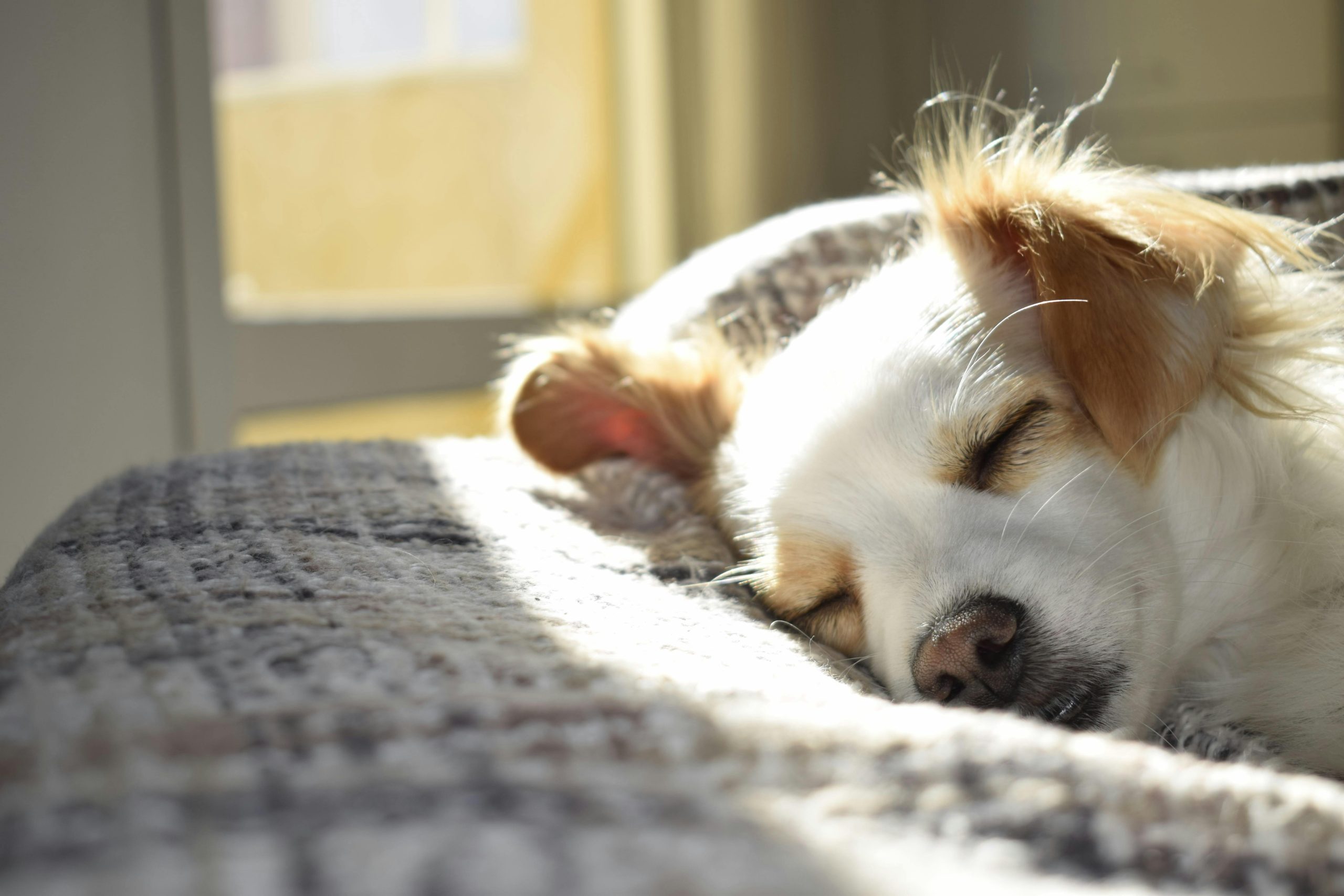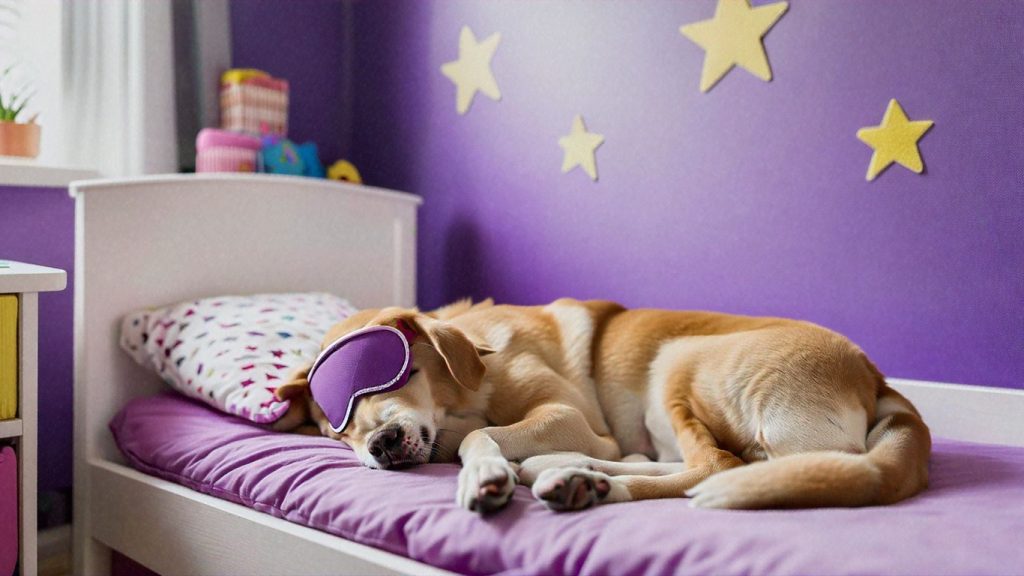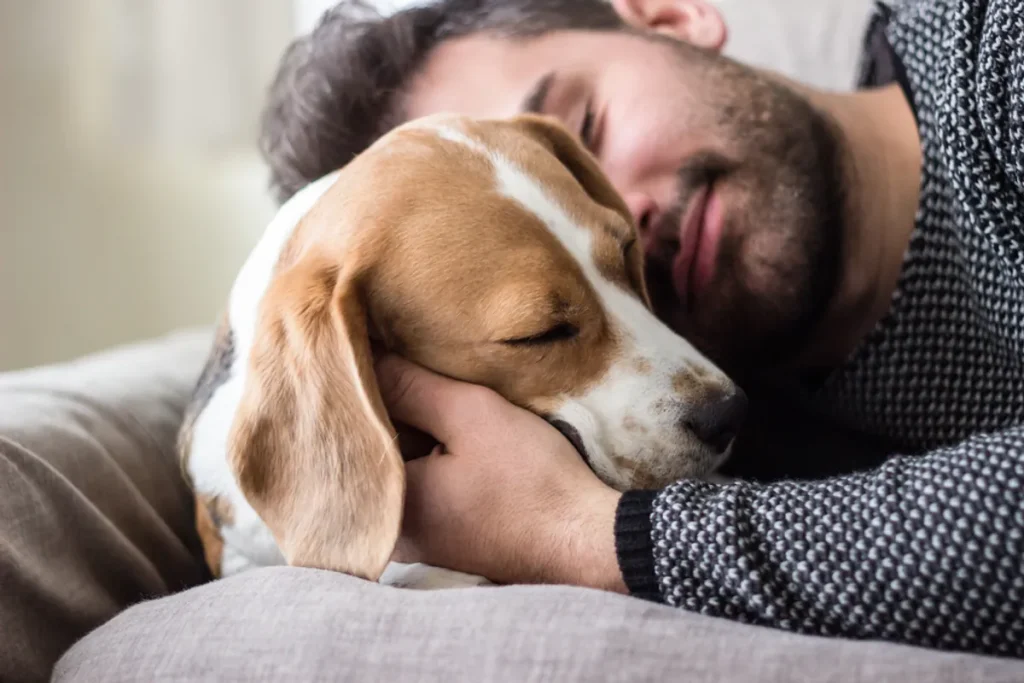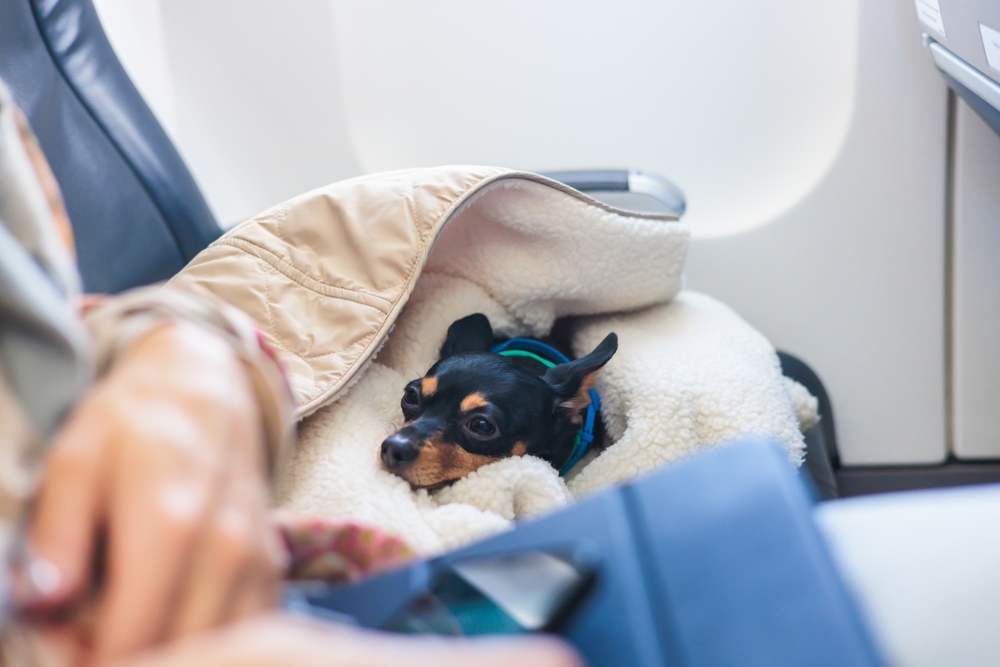Your cart is currently empty!
Scientists Discover Dogs Dream About Playing With Their Owners

Your dog is fast asleep on the couch. Their paws twitch, their nose gives a little wiggle, and a muffled bark slips into the quiet room. For a moment, it looks as if they are chasing something only they can see, maybe sprinting through a field, maybe bounding after a squirrel. But what if they are remembering? What if they are dreaming of you?
Scientists estimate that dogs sleep 12 to 14 hours a day, and during much of that time they enter REM sleep, the stage that produces our most vivid dreams. In people, this is when we replay important moments, from laughter to stress to the small details of daily life. Evidence suggests dogs do something similar, stitching together their days into dreamscapes that feel familiar.
Since you are at the center of their world, the source of belly rubs, evening walks, and comforting words, it is no surprise that you may be at the center of their dreams too. Behind those flickering eyelids could be a replay of yesterday’s game of fetch or the warmth of curling up beside you.
So the next time your pup stirs in sleep, consider this: you might be more than part of their waking hours. You might be the star of their nighttime adventures.
The Science of Canine Sleep
If sleep is a stage, dogs are accomplished performers, moving through cycles that set the backdrop for dreaming. Like us, their nights alternate between quiet, restorative periods and bursts of brain activity when imagined worlds unfold.
Dogs sleep a remarkable 12 to 14 hours most days, with puppies and seniors often sleeping even more. Rest begins with slow-wave sleep, a deep and restorative stage where breathing steadies and the body repairs itself. About 20 minutes later, REM sleep begins. This is when dreaming is most likely. Behind closed lids, eyes dart quickly, paws may twitch, tails may wag, and a soft bark can slip out, all clues that the mind is replaying fragments of life.

The evidence for animal dreams is strong. In a well-known MIT study, scientists recorded rats running a maze, then monitored their brains during sleep. In REM, the same neural patterns reappeared, as if the rats were running the maze again. Studies in cats showed hunting-like movements during REM, reinforcing the idea that mammals replay daily experiences while they dream. Extending these findings to dogs is both reasonable and widely accepted.
Not all dogs dream the same way. Size matters. Small breeds such as Chihuahuas dream more frequently, sometimes every 10 minutes, though their dreams are brief. Larger breeds such as Labradors and Great Danes dream less often, but their dream sequences run longer. Puppies, flooded with new experiences, are probably the busiest dreamers. Their nights are filled with replayed learning, play, and early bonding.
What Do Dogs Dream About?

Science cannot turn a dog’s dream into a movie we can watch, but the clues point in a clear direction. The continuity hypothesis says dreams reflect waking life. For people, that might mean revisiting a meeting or reliving a family gathering. For dogs, it often means games, meals, and time with their humans.
Owners see the signs. A paw twitch can echo a chase. A soft whimper may reflect a new command practiced that afternoon. A wagging tail in sleep likely signals joy, perhaps from a long walk or a cuddle on the sofa. These glimpses suggest that dogs weave their daytime experiences into their dreams.
Experts agree. Psychologist and canine researcher Dr. Stanley Coren notes that dogs probably dream about daily events, much like humans do. Harvard psychologist Dr. Deirdre Barrett adds that because dogs are so bonded to their humans, their dreams may revolve around our faces, our scents, and the wish to please or sometimes annoy us. That fits what we know of a dog’s world, where human companionship sits at the center.
Dogs may also dream in scent as much as sight, since smell dominates their waking lives. Imagine a dream filled with the smell of your clothes, the aroma of a favorite park, or the trace of another animal on the wind, all as vivid in sleep as in life.
Dream frequency varies with size and breed. Small dogs dream often but briefly. Large dogs dream less often but spin longer storylines. Puppies process a rush of new memories, so their early dreams are likely saturated with bonding and training.
Do Dogs Really Dream About Us?

For many owners, the most heartening idea is not just that dogs dream, but that they dream about us. The science points in that direction. Because dogs live in such close partnership with people, their dream content likely mirrors the humans who shape their days.
The continuity hypothesis explains why. A dog’s waking life is defined by the person who fills the bowl, clips the leash, throws the ball, and offers a reassuring hand. Dr. Deirdre Barrett has said that dogs probably dream of “your face, your smell, and of pleasing or annoying you.” We are not background figures in their subconscious. We are central.
Biology supports this bond. Dogs, like humans, have an amygdala, the brain region that processes emotion. When a dog dreams of a walk, it is not only the movement that returns. It is the thrill of running beside you, the comfort of your presence, the excitement of discovery. Their dreams are stitched from actions and feelings.
Size adds nuance. Smaller dogs may dream of their humans in frequent short bursts. Larger dogs may carry out long narratives that replay an entire day with their person. Puppies process bonding and training, so their dreams often feature their owners most of all.
Nightmares and Disturbances

Not every dream is a happy replay of belly rubs and park runs. Dogs can carry anxiety into sleep. A dog that whines, growls, or thrashes at night may be reliving stress rather than chasing a ball.
Veterinarians note that canine nightmares are unlikely to be symbolic. They often mirror unpleasant events such as a vet visit, a thunderstorm, or a period of separation. Because the amygdala remains active during REM, fears can resurface with force.
Resist the urge to shake a dog awake. Being startled can leave them disoriented and defensive. Let the dream pass, or gently call their name from a short distance. Distinguish nightmares from medical issues too. Seizures involve more rigid, rhythmic movements and longer loss of awareness than the quick twitches and brief vocalizations of normal dreaming. If episodes seem severe or persistent, contact a veterinarian.
Frequent disturbances can signal stress in daily life. Chaotic routines, harsh discipline, and long isolation can echo as restless nights. Calm homes and predictable schedules support deeper, more peaceful sleep.
How Owners Can Shape a Dog’s Dream World

If dreams are stitched from daily life, every walk, cuddle, and shared moment becomes raw material for the night.
- Fill days with play and exploration
Active play and new places provide exercise and mental stimulation. Engaging days are linked to more REM sleep, where vivid dreams occur. - Keep consistent routines
Regular feeding, walks, and bedtimes build security that carries into sleep and reduces anxious dreaming. - Create a restful sanctuary
A quiet corner, a comfortable bed, and familiar scents help dogs slip into deeper cycles where dreams unfold undisturbed. - Enrich their minds
Training, puzzle toys, and scent games challenge the brain and supply positive content for dreams. - Minimize stress and fear
Choose patience and positive reinforcement. Lower daytime stress often leads to sweeter nights.
What Dog Dreams Reveal About Us

Philosopher David Peña-Guzmán argues that animal dreams push us to see pets as sentient beings with inner lives of their own. Dogs may dream in scents as much as images. That difference does not lessen the meaning of their dreams. It makes them uniquely canine.
Dogs carry our presence beyond the visible. When they dream of us, whether replaying fetch or recalling a quiet evening together, it shows how central we are in their lives. Their devotion is focused. Their dreams echo that loyalty.
This view is also a gentle reminder. A skipped walk, a hurried goodbye, or a tense tone can ripple into memory and into dreams. The reverse is true as well. Patience, play, and affection enrich both their days and their nights.
Love That Lasts Beyond the Day
The next time your dog’s paws twitch in sleep, remember that you may be right there beside them. Their dreams are not empty flashes. They are echoes of a life shared with you: games, routines, worries, and above all, love.
For dogs, whose worlds revolve so faithfully around their humans, our presence often extends into the night. We follow them into their hidden adventures, proof that affection and companionship leave deep marks.
Here is the heart of it. Every walk, every cuddle, every kind word can carry into the quiet hours. Fill their days with joy and security, and you gift them gentler dreams. In return, their dreaming loyalty reminds us of the simple power of connection. Love, given freely, travels everywhere, even into sleep.
So when your pup wags in slumber, take comfort. To them, you are not only a companion in daylight. You are a constant, the star of their dream world, and a source of comfort that lasts long after the day is done.
